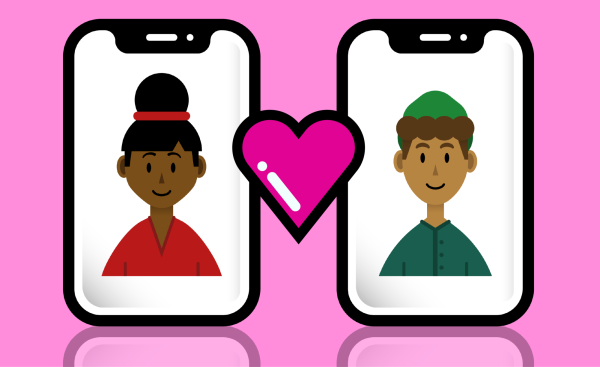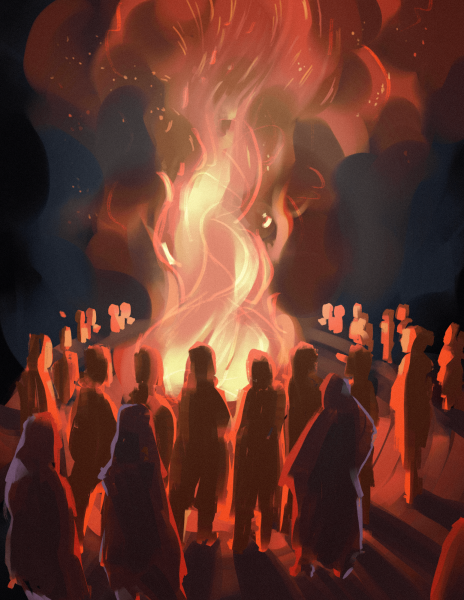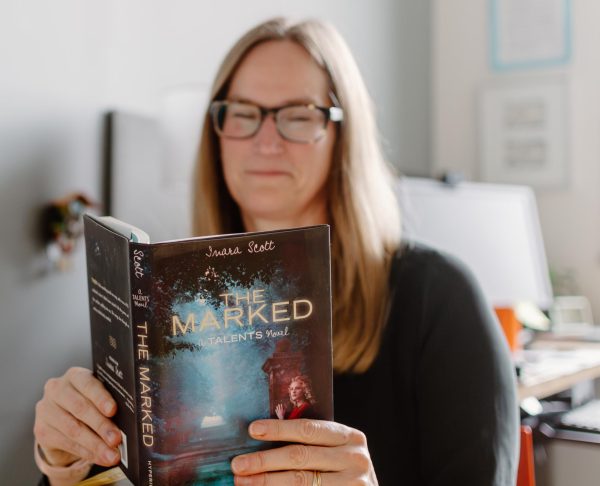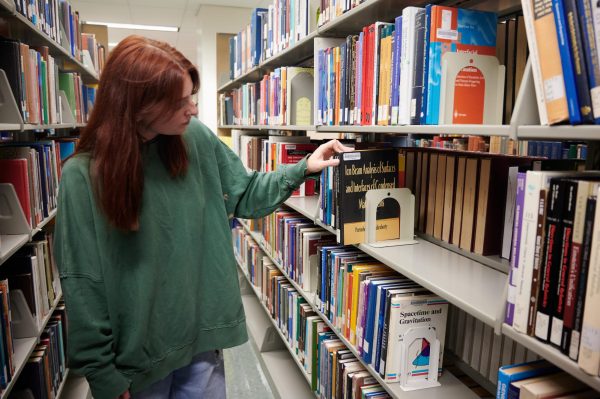“The Social Dilemma” presents social media structures, addiction
October 14, 2020
The Social Dilemma takes a critical look at the evolution of social media’s role in society, not to be confused with The Social Network, of which I watched fifteen minutes before I realized I clicked the wrong movie.
Tristan Harris, former design ethicist at Google and founder of the Center for Humane Technology takes the lead role in this Netflix original documentary/drama hybrid as he shares his experience in Silicon Valley.
According to Harris, the big mistake most of us make when using social platforms is assuming it’s free because it isn’t.
“The common saying is,” says Harris, “if you’re not paying for the product, then you are the product.”
Platforms like Facebook, Instagram, Google, YouTube, Reddit, Twitter and Snapchat are paid for by advertisers who compete for your attention. Mad Men’s Vincent Kartheiser personifies this competition as three different AI interfaces, Advertising, Engagement and Growth, as Harris navigates the complicated world of social media.
In short, the various algorithms tech companies use are designed to keep the user looking at the screen and using the platform. Based on your location, your search history, likes, dislikes, mom’s maiden name, etc, these platforms will show you content the algorithm thinks will keep you engaged.
To top it all off, they then sell this information to advertisers, who target you with ads specifically chosen for you. Kartheiser’s three AI characters play up this part, acting as pseudo-auctioneers determining where and when to place ads for maximum revenue.
Harris mentions one of the unintended consequences of targeted advertising is heightened political polarization. The political content Twitter is going to recommend you in a liberal West Coast college town is going to have a stark contrast to the content recommended to someone living in the deep South.
The Social Dilemma also delves into the effects of social media on the generation who grew up with it. Justin Rosenstein, inventor of Facebook’s “like” button, laments that, while the creators had good intentions, the platform’s business model has become toxic. Humans evolved with a need for external validation, but not at the scale social media allows, leading to a perpetual, unreachable validation standard.
The film is told primarily via quick-edited interviews with tech experts, with Harris’s testimony serving as the main framework. Woven within this framework are fictional scenes of a modern family, no pun intended, whose children are falling victim to social media addiction. This is easily the weakest part of the film, as there’s really only half a narrative here. It does a good job illustrating the concepts Harris explains but doesn’t do much beyond that.
If you haven’t seen The Social Dilemma, I highly encourage you to give it a watch. It’s a great wakeup call and, if nothing else, it’s educational. Plus, I’m a liberal arts major. Harris is going to lay out the problem a lot better than I ever could. Now if you’ll excuse me, I’m off to delete my Facebook.



















